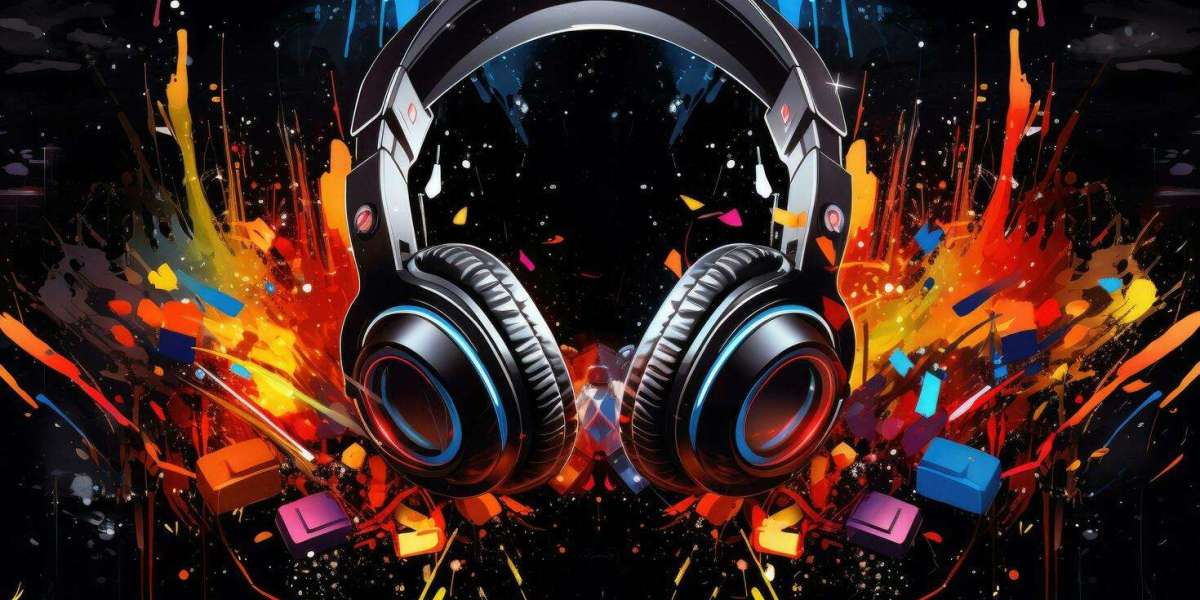Music creation is often seen as a skill reserved for trained composers or those with access to instruments and recording equipment. But the concept of text to music AI is shifting that idea. This technology allows people to input words, phrases, or even full stories, and have them converted into original music compositions. Instead of manually writing musical notes, an algorithm interprets the text’s mood, rhythm, and tone to generate a matching melody.
The process works by combining natural language processing with music generation models. The AI reads the text, analyses emotional cues, sentence structure, and even pacing. For example, a paragraph with quick, short sentences might inspire a fast-paced, upbeat track, while slow and descriptive writing could lead to a calm, ambient piece. This method enables both amateur and professional creators to make music without needing formal training.
One of the most interesting aspects is how personal the results can feel. A poem written for a friend can be turned into a song that captures the sentiment behind the words. Journal entries, short stories, or even random musings can become unique soundtracks. The same piece of text can also produce different results if fed into different AI models, showing how algorithms interpret creativity in diverse ways.
This technology is also becoming a useful tool for content creators. Filmmakers, video editors, and social media producers can quickly generate music that fits a scene or vibe, saving time and costs compared to licensing music. It’s especially helpful for small creators who don’t have a budget for professional composers.
However, the rise of text-driven music generation also brings questions. How much of the final composition is the AI’s creative work, and how much belongs to the original text author? And, as with many AI-generated arts, there’s the debate over whether this could replace human musicians or simply give them a new tool to work with. For now, many see it as a collaborative opportunity rather than competition—AI handling the technical translation while humans provide the emotional spark.
Some enthusiasts have begun experimenting by feeding unconventional text into these systems—news headlines, recipe instructions, or even random internet comments—just to see how the AI responds musically. The results can be surprising, sometimes even unintentionally humorous, yet they show the flexibility of the technology.
As the technology improves, the compositions are likely to become more nuanced and emotionally accurate. But even now, it’s proving that music can come from more than just notes and instruments—it can start as simple words on a screen. And with text to music AI, those words can sing in ways that traditional composition might never have imagined.



